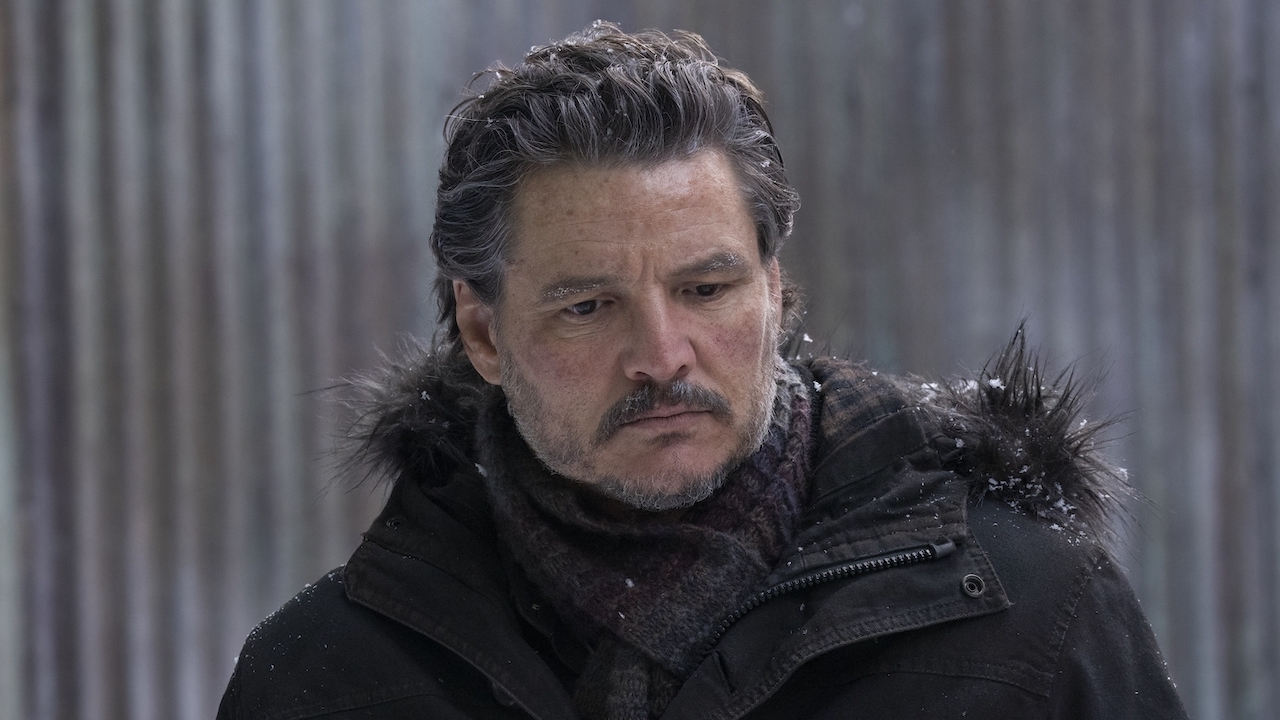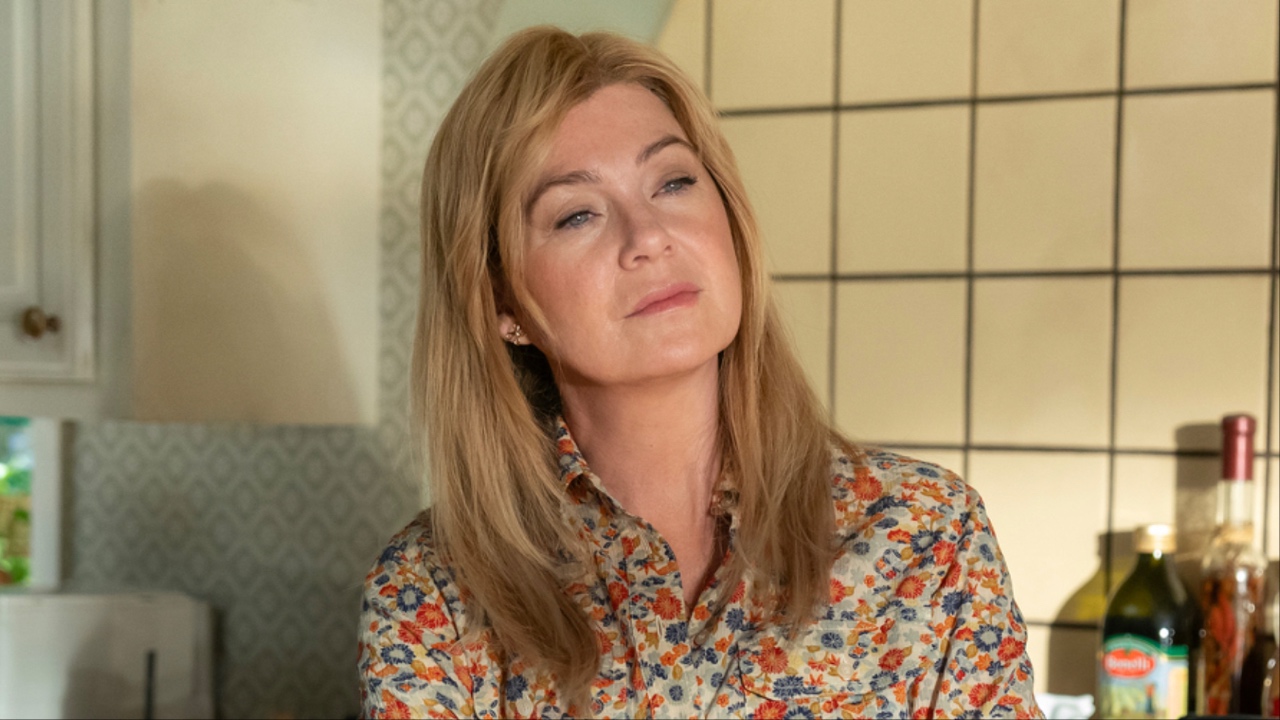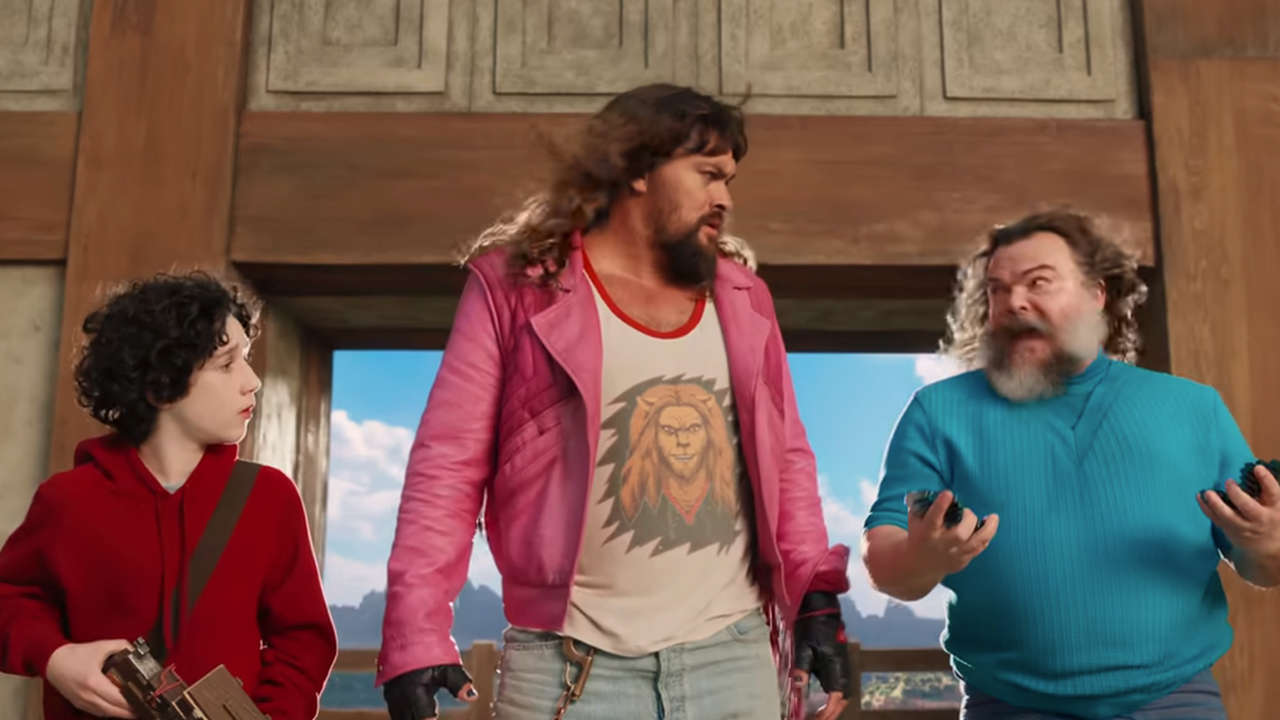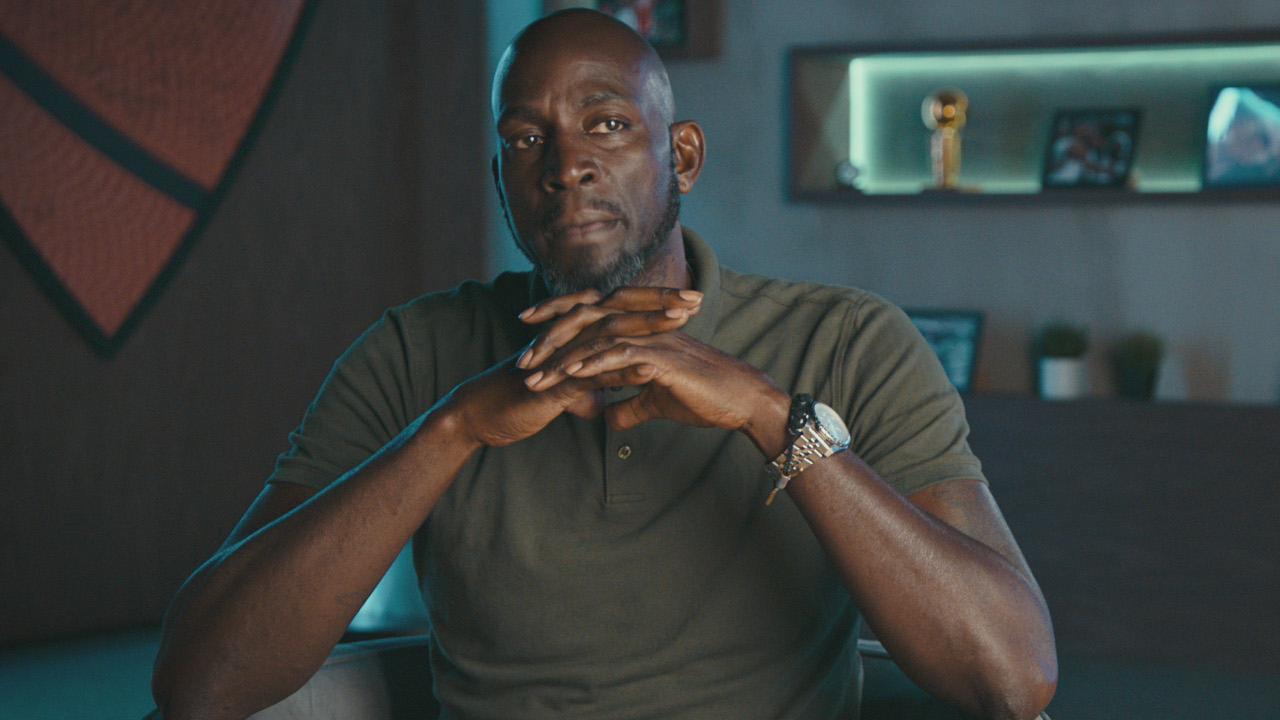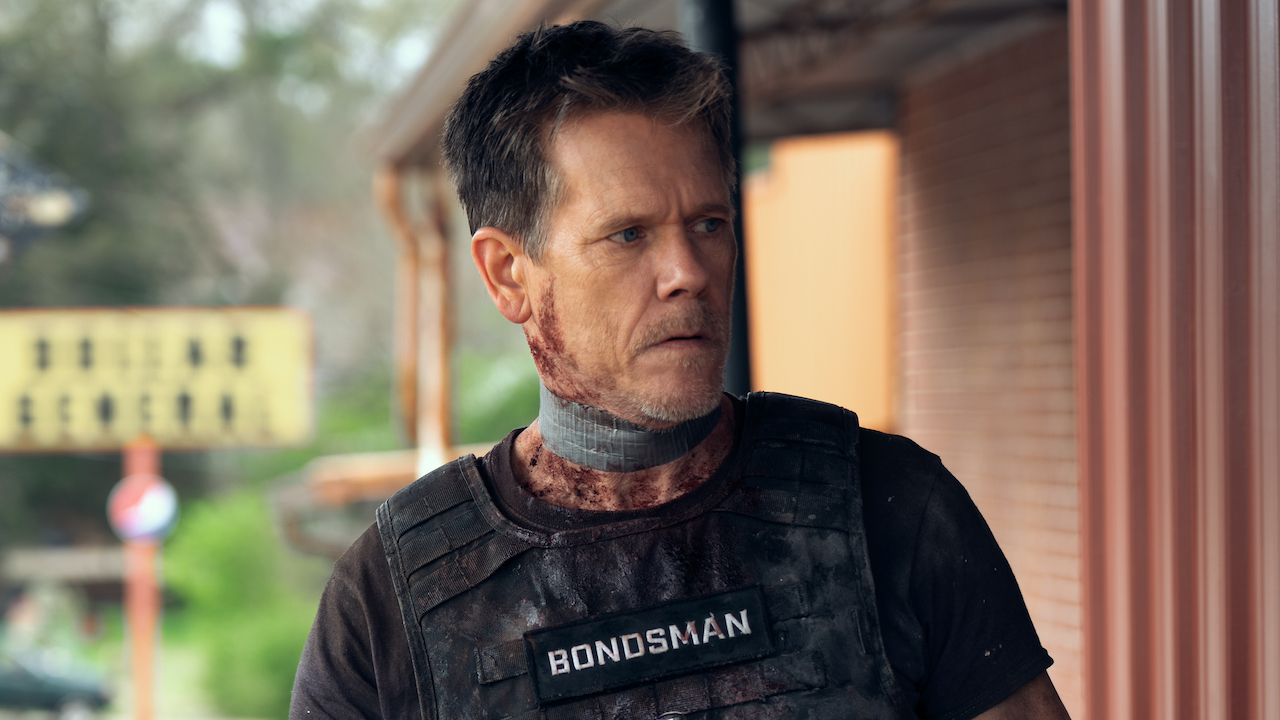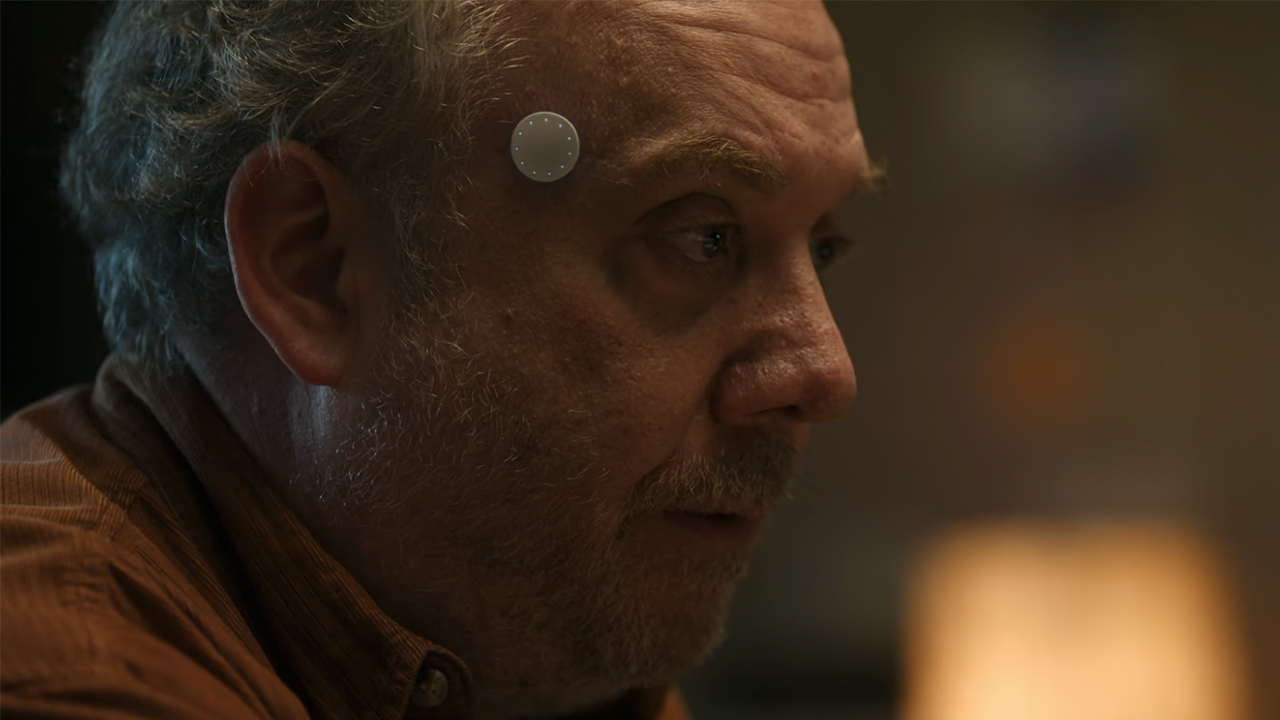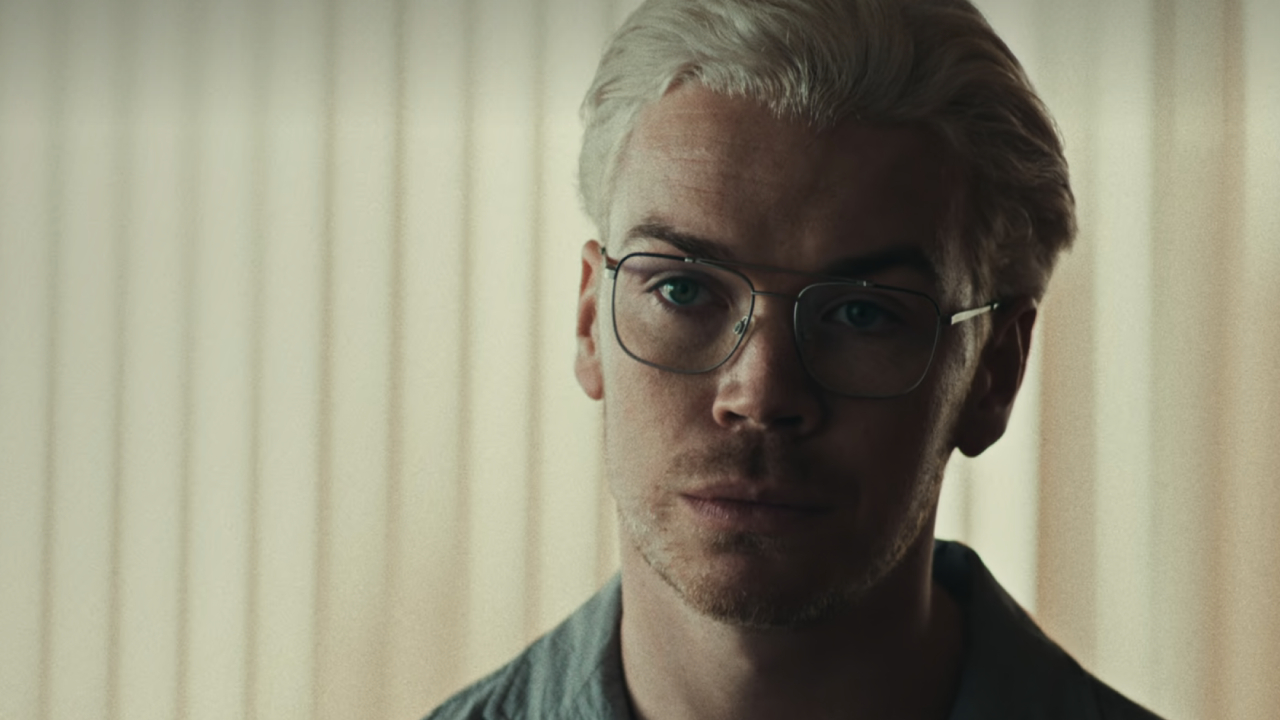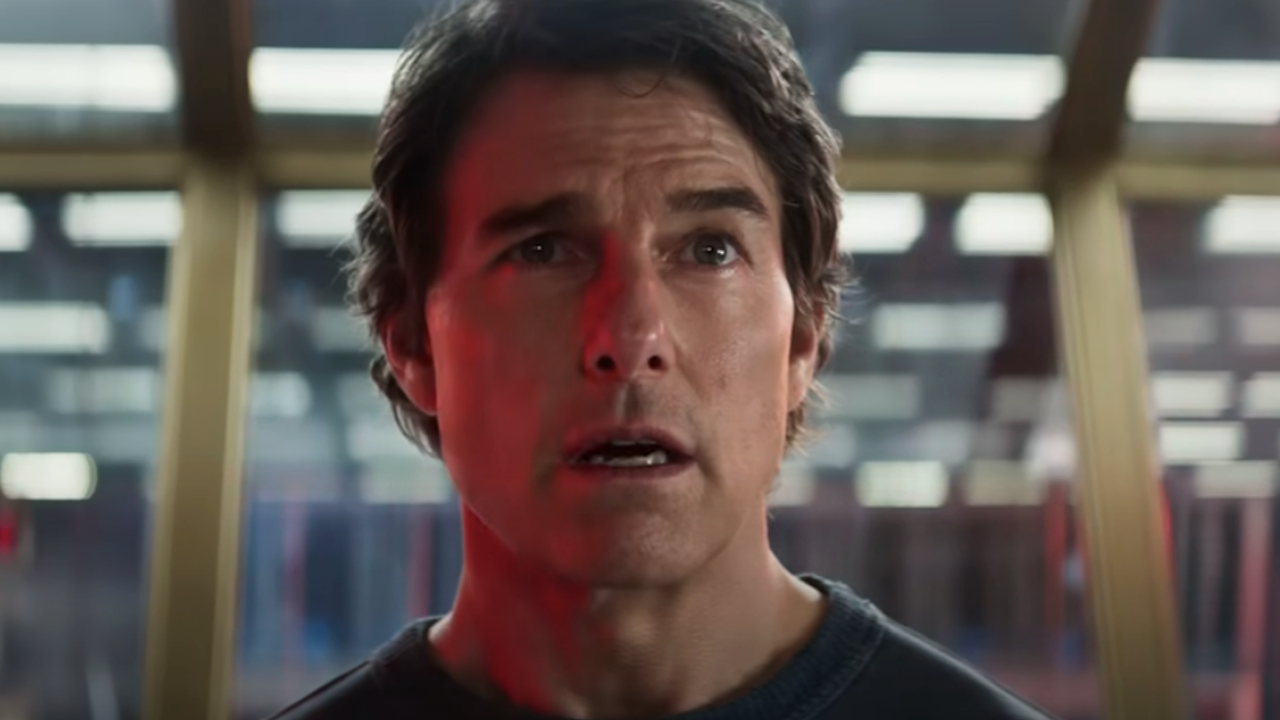Adapting Stephen King's The Mist: Frank Darabont's 2007 Movie Has The Most Devastating Ending Stephen King Didn't Write
Still devastating as ever, 15 years later.
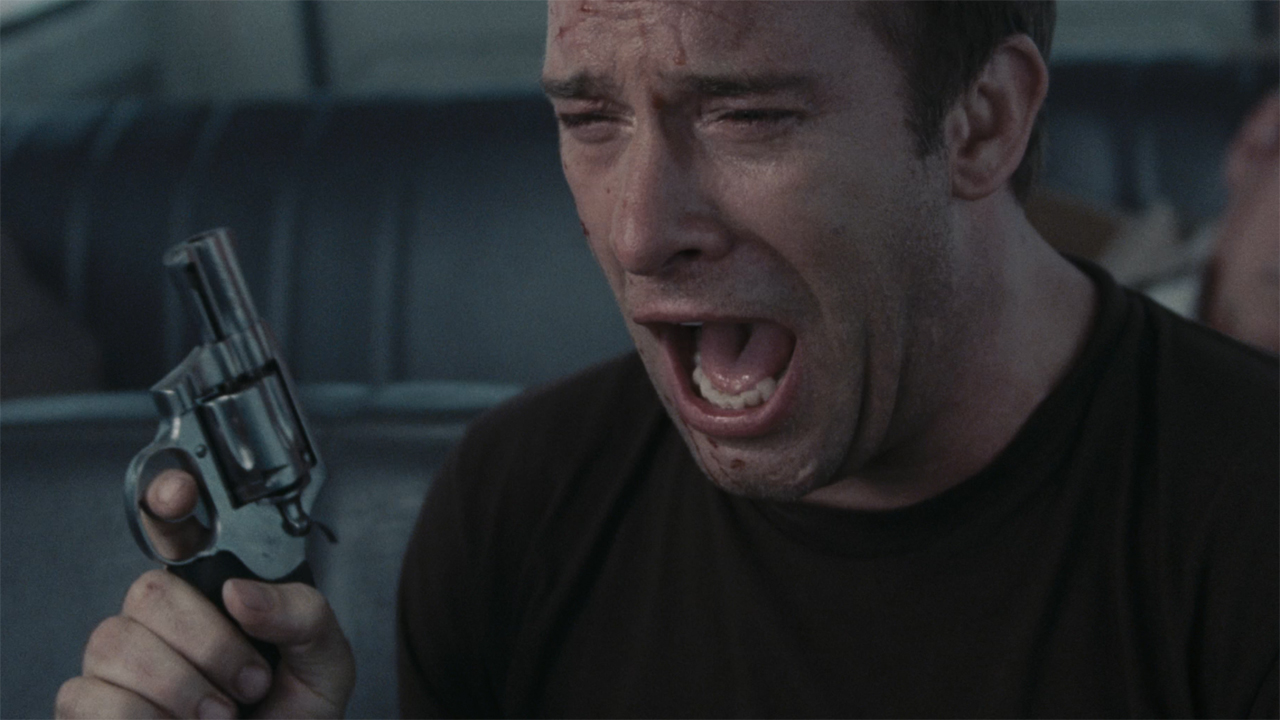
Frank Darabont spent the early years of his career as a director preaching to the world that Stephen King is more than just a horror writer. The Shawshank Redemption and The Green Mile are phenomenal adaptations of works that demonstrate the author’s range, and are among the most beloved films in modern cinema.
For his third King movie, however, Darabont decided to try something different. He wanted to make The Mist as his own first venture into the horror genre – and in doing so he made an unforgettable piece of work that has been shattering audiences since its debut in theaters on November 21, 2007.
According to Scott von Doviak’s Stephen King Films FAQ, Frank Darabont first optioned “The Mist” after making The Shawshank Redemption in the mid-1990s, but his insistence on not changing his proposed ending resulted in studios balking at the project. Darabont made The Green Mile and 2001’s The Majestic while waiting for The Mist’s moment – and it finally came when Bob Weinstein of Dimension Films committed to a $17 million production budget with the filmmaker’s ending intact.
Featuring an ensemble cast filled with Stephen King veteran actors – including Tom Jane, William Sadler, and Jeffrey DeMunn – The Mist is among the most horrifying of horrifying King movies, and an exciting subject for this week’s Adapting Stephen King.
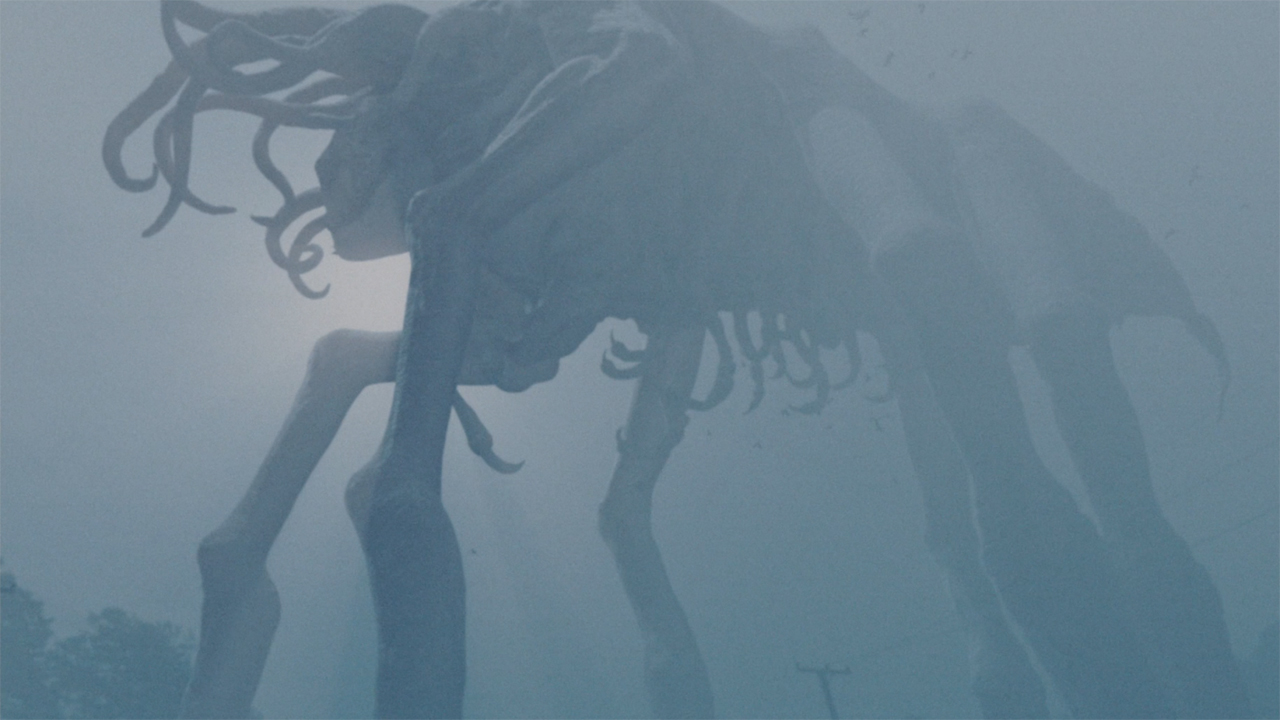
What “The Mist” Is About
As terrific as Stephen King is when it comes to crafting monster-filled, nightmarish scenarios, that’s not what makes him one of the greatest horror writers of all time. What’s special about King is his character work and the way he examines what people do in those monster-filled, nightmarish scenarios. Not only does he ground events in a familiar reality that makes circumstances even more terrifying, but he understands that human nature has the ability to make any horrible circumstance even worse than it already is because of our capacity for fear, panic, and irrationality.
“The Mist” is one of the best Stephen King stories exemplifying this talent… though the author suffered through some bad writer’s block to find it.
King describes the origins of “The Mist” in the “Notes” section of Skeleton Crew, recounting that his agent, Kirby McCauley, served as the project’s starter pistol. In 1976, McCauley was gung-ho on developing a horror anthology hardcover called Dark Forces, and he doggedly pursued King to contribute a piece for the book. The writer appreciated the “gentle diplomacy” that was applied by McCauley – calling it “the hallmark of a really good agent” – but that didn’t help get the creative juices flowing. He faced a creative drought so bad that it made him wonder if his ability to write short stories was permanently broken.
CINEMABLEND NEWSLETTER
Your Daily Blend of Entertainment News
Of all things, it was an errand to the supermarket that finally saw the dam give way. King and his family were living on Long Lake in Bridgton, Maine at the time, and the morning after a storm he took his son, Joe, with him for a trip to the local grocery to pick up some supplies. While roaming the aisles, his muse “suddenly shat on [his] head,” and his imagination conjured the image of a prehistoric bird causing chaos in the store. By the time he reached checkout he was contemplating what would happen if a group of people were trapped together in a market that was surrounded by monsters, and by the end of the following week “The Mist” was a stack of typed pages on his desk – a novella in part inspired by the monster-centric B-movies of the 1950s and 1960s.
Like Stephen King did in real life, David Drayton is a man who takes a trip with his son to the supermarket the morning after a bad storm – but he does so only after noticing a mysterious fog with eerily defined edges rolling over the local lake. This strange cloud spreads everywhere in town by the time the protagonist reaches his destination, and it’s then that he and other denizens discover that it’s not just an odd atmospheric condition. When a beast with vicious tentacles grabs and rips apart a bagboy while he attempts to unblock the vent of the store’s generator, there is a growing understanding that the building is under siege by otherworldly creatures.
But the monsters aren’t exclusively outside. While David, store manager Ollie Weeks, a local woman named Amanda Dumfries, and others try to keep the collective calm and organized, the same cannot be said of Mrs. Carmody – a fear-mongering Christian zealot who begins preaching about the apocalypse and slowly starts to develop a devout following.
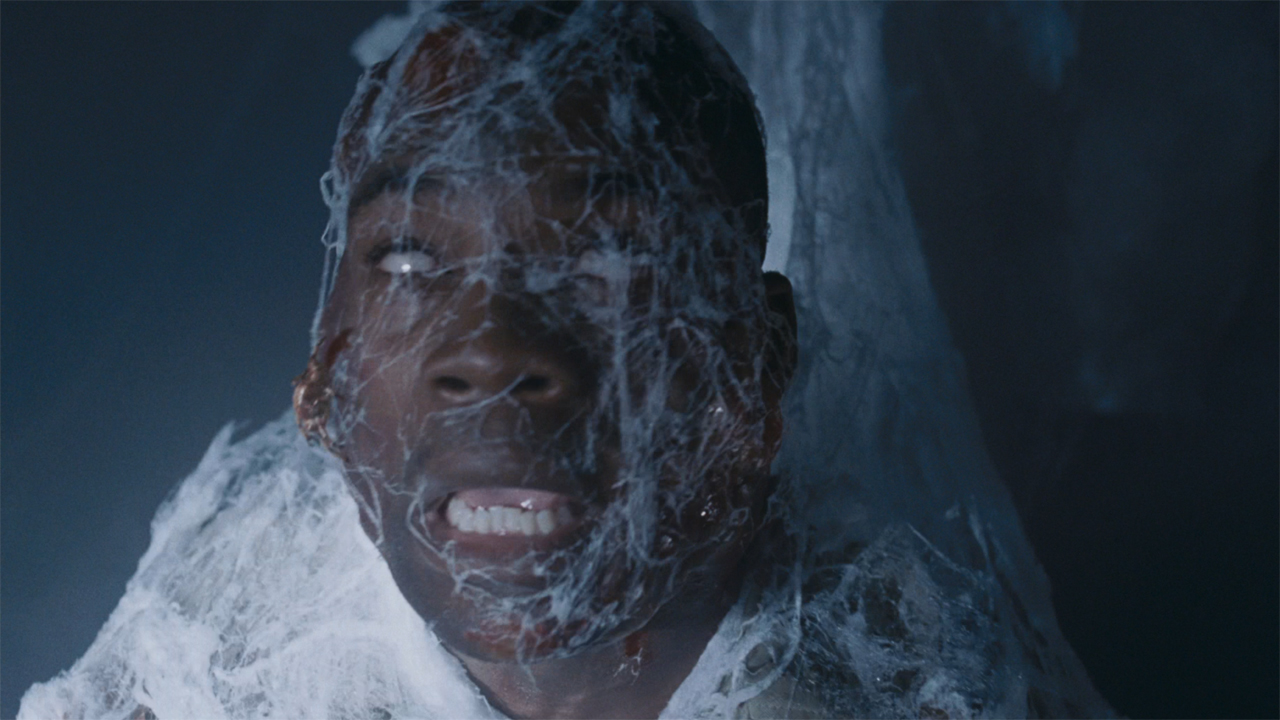
How Frank Darabont’s The Mist Differs From Stephen King’s Novella
Few filmmakers have expressed as great an admiration for the works of Stephen King as Frank Darabont, and that’s obviously not just articulated in interviews with the writer/director, but in his work. The Mist is a wholly different kind of movie than both The Shawshank Redemption and The Green Mile, but it’s no less faithful in bringing King’s vision into a new medium.
What’s equally vital, however, is that Darabont’s reverence for the source material doesn’t overwhelm his ability to make important creative decisions while crafting adaptations. He invented the heartwarming reunion at the conclusion of The Shawshank Redemption, axed an entire subplot from The Green Mile, and made some key alterations to The Mist while bringing it to the big screen – making both additions and subtractions.
In terms of the latter, one sequence that Frank Darabont leaves out of his movie is a scene where David Drayon (Tom Jane) and Amanda Dunfrey (Laurie Holden) sleep together in the supermarket. The idea in Stephen King’s story is that the sexual act is a passionless outlet for the extreme emotions experienced by the two characters in the terrifying situation, but it surely was an easy cut for the movie, if not especially because David is supposed to be a happily married man who doesn’t know if his wife, Stephanie (Kelly Collins Lintz) is still alive.
One of the most substantial inventions of the film is the introduction of Private Wayne Jessup (Sam Witwer), who is a local and soldier who has been stationed at the military base in the mountains. On the DVD commentary for The Mist, Frank Darabont notes that he created the character because he didn’t just want the terror of Mrs. Carmody (Marcia Gay Harden) to exist solely in threats. When she convinces her mob to kill Jessup, the danger that she represents no longer exists as just theory, and it raises the stakes for the heroes when she starts talking about sacrificing David’s son, Billy (Nathan Gamble).
There are other minor alterations made in translating the story (like the trip to the pharmacy next door being an attempt to get medicine instead of a trial for potential escape, and the soldier who explodes filled with alien spider babies), but the most infamous difference between the novella and the film is the ending. Truth be told, Stephen King’s version doesn’t have much of a conclusion: it features David, Amanda, Billy, and schoolteacher Irene Reppler (Frances Sternhagen) in a car together driving through the mist and hoping that survival is still possible – hearing the word “Hartford” broadcast on the radio and heading in that direction. David attempts to travel home and discover the fate of his wife, but he can’t access the road due to fallen trees.
In the film, David does make it back home, discovering that Stephanie has been killed… but that’s still arguably the least horrific bit of what transpires in the adaptation. In coming up with a new ending for The Mist, Frank Darabont latched on to a paragraph in the final pages of the story after David puts Amanda’s six-shooter in the car’s glovebox:
[Ollie] had reloaded it after the expedition to the drugstore. The rest of the shells had disappeared with him, but that was all right. He had fired at Mrs. Carmody, he had fired once at the clawed thing, and the gun had discharged once when it hit the ground. There were four of us in the Scout, but if push came right down to shove, I’d find some other way out for myself.
Darabont was inspired to depict this worst case scenario. After his car runs out of gas, David uses the remaining bullets in the gun to kill his own son and the other passengers in the car, and he goes out into the mist hoping that he can be murdered quickly by the otherworldly monsters. Instead, a military battalion emerges from the fog, and David realizes that his entire party could have survived had he just held on to hope for a few more minutes.
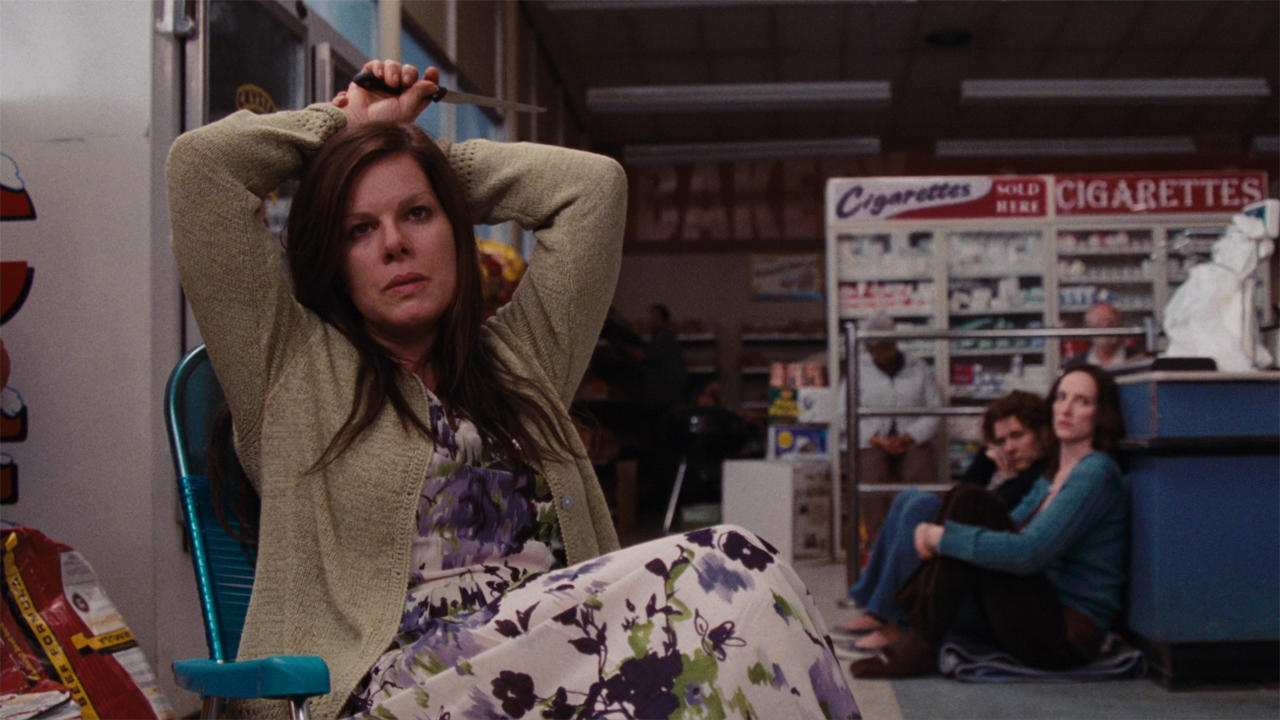
Is It Worthy Of The King?
Let me start with this: if you haven’t seen the black and white version of The Mist, then you haven’t properly seen the film. Stephen King wrote the novella with a monochromatic vision (he writes this in Skeleton Crew’s “Notes”), and the aesthetic not only serves to give the movie a perfect and genuinely different atmosphere, but it also excuses the CGI creature work in an cool and fascinating way. It’s the definitive way that it should be watched, and Frank Darabont says as much in the cut’s introduction on home video.
The black and white enhances the great 1950s B-movie feel at which the movie aims, and it’s a thrill in that respect – but it’s also impossible not to talk about The Mist without discussing just how ballsy it is in its devastating bleakness. Frank Darabont cut every corner he could in the making of the film so that he could secure promises to execute his vision of the ending, and Constant Readers everywhere can and should be appreciative of his sacrifices because it is brilliant and can never be forgotten by anyone who watches it.
It’s the ending that the novella should have – and Stephen King knows it. In the DVD commentary track for The Mist, Frank Darabont recalls an email he got from the author about the crushing blow that is the film’s final scene:
‘Wow, that’s one hell of an ending. I’m sorry I didn’t think of it, because I would have done it if I had thought of it… Every generation needs a movie like Night of the Living Dead where nothing turns out well for anybody at the end, where everybody dies.’
Of course, not everyone dies in The Mist, as David Drayton survives… but that’s arguably so, so, so much worse.
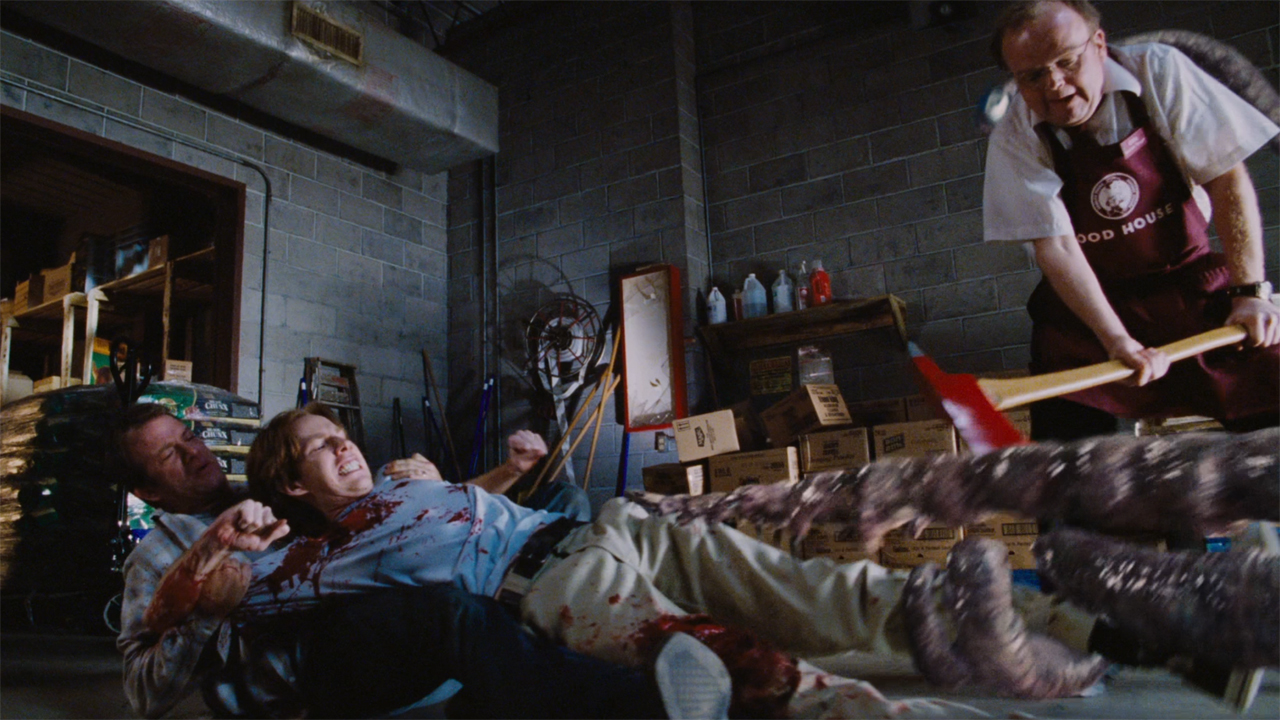
How To Watch Frank Darabont’s The Mist
Being one of the most popular and much-discussed Stephen King adaptations, The Mist is thankfully a movie that is very accessible in the internet age… provided that you are ok watching the theatrical/color version. The film is now streaming on Netflix for subscribers, and available for purchase and rental on all of the biggest digital platforms, including Amazon Prime, Apple, Google Play, and Vudu. Unfortunately, the director’s cut/ black and white version isn’t as easy to find. It is included on the two-disc collector’s edition Blu-ray and the DVD, but both of those releases are now out of print.
Next week’s Adapting Stephen King will be found in the CinemaBlend TV section, as I’ll be jumping ahead to the year 2009 and taking a close look at Donald P. Borchers’s Children Of The Corn – the remake of the beloved short story that originally aired as a movie on Syfy. Look for the piece on Wednesday, and click through the banners below to discover all of my previous columns.







Eric Eisenberg is the Assistant Managing Editor at CinemaBlend. After graduating Boston University and earning a bachelor’s degree in journalism, he took a part-time job as a staff writer for CinemaBlend, and after six months was offered the opportunity to move to Los Angeles and take on a newly created West Coast Editor position. Over a decade later, he's continuing to advance his interests and expertise. In addition to conducting filmmaker interviews and contributing to the news and feature content of the site, Eric also oversees the Movie Reviews section, writes the the weekend box office report (published Sundays), and is the site's resident Stephen King expert. He has two King-related columns.
